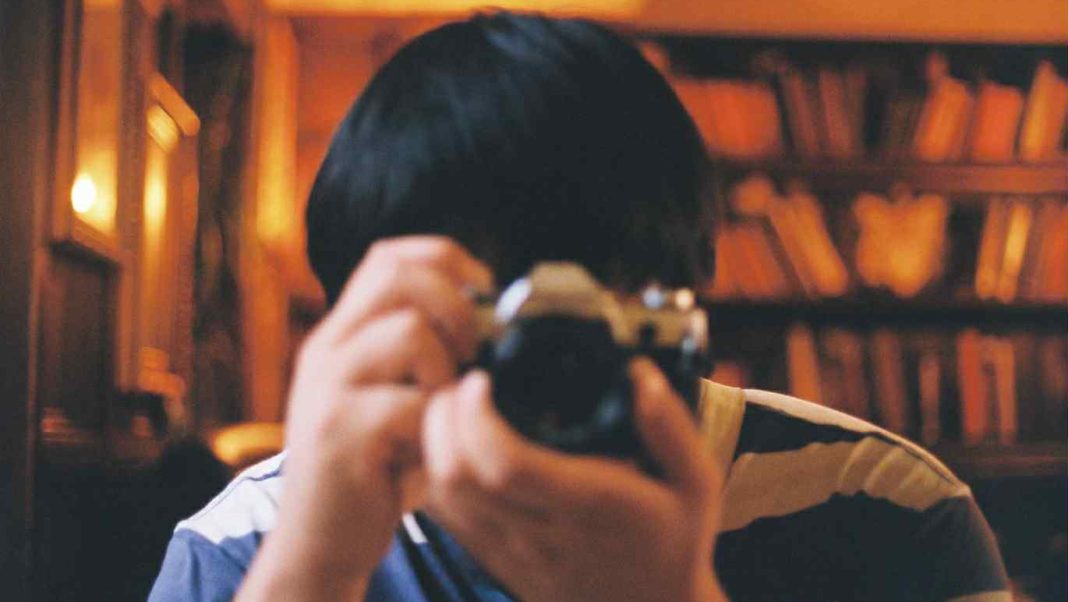Knitting needles, film photos, vinyl records, and books: what’s the link? You’d be forgiven for answering with “things I might find in my grandma’s house”. But in the last few years, these interests have started to lose their old-fashioned associations, and enter the mainstream, especially among young people. So how do we explain this shift?
In an increasingly online world, it’s easy to see why young people might be turning to offline hobbies. I don’t mean to sound like I’m wearing a tinfoil hat as I write this, but the integration of phones into every aspect of our daily lives does have its downsides: constant exposure to current affairs, overuse of social media, and too much screen-time in general are all known to negatively impact our brains. It’s understandable that some might want to disconnect, and engage in an activity that doesn’t require wifi.
These interests also follow a different pace of living to that of today, where it’s possible to take and share photos instantaneously, stream almost any song on demand, and order clothes which arrive barely a day later, all from one device. Within this culture of convenience, there’s something to be said for spending weeks on a crochet project, waiting for photos to be developed, or listening to an entire record from start to finish. That’s not to criticise the convenience of the modern-day (I appreciate next-day delivery as much as the next person), but rather to say that there is a place for delayed gratification alongside it.
It’s also undeniable that these hobbies hold nostalgic value, a source of a lot of their charm. They can feel like a return to a simpler time, when we didn’t have to use Microsoft Authenticator to get into our emails. However, this begs the question: is this really nostalgia? I grew up in a household with CDs and a digital camera, so any vinyl records or film photos belonged to my parents, not to me. Can we call this nostalgia, if we never actually lived through the time in which these things were originally popular?
Alternatively, it may be true that this boost in popularity doesn’t really come from nostalgia, and is instead thanks to the rise of ‘vintage’ aesthetics, which have become widespread in recent years. This has been especially obvious within fashion, where recent trends, like the ‘Y2K’ aesthetic, have been directly inspired by clothes and accessories from past decades. As a result, ‘nostalgic’ interests have therefore become not only popular, but also fashionable. With this shift another reason to partake emerges, beyond simply personal satisfaction: performativity.
The desire to curate a certain aesthetic, and thereby gain social approval, is more prevalent than ever in the age of social media. Taking film photos becomes more about posting them on Instagram afterwards, reading becomes more about looking erudite in public. I would argue that this plays a greater role in our choices than we might like to admit. But it would be cynical to accuse anyone with these hobbies of only doing them for aesthetic reasons, and would it really matter if they did? I’m in no position to pass judgment – I like a ‘grandma’ hobby as much as anyone, and I’ll admit that aesthetics do play a part in that.
Performative or not, don’t be surprised this term if you see more film photos on your feed, record players in your friends’ rooms, or homemade-looking sweaters out and about. Whatever the reason may be, old-school hobbies are back – and it looks like they’re here to stay.


